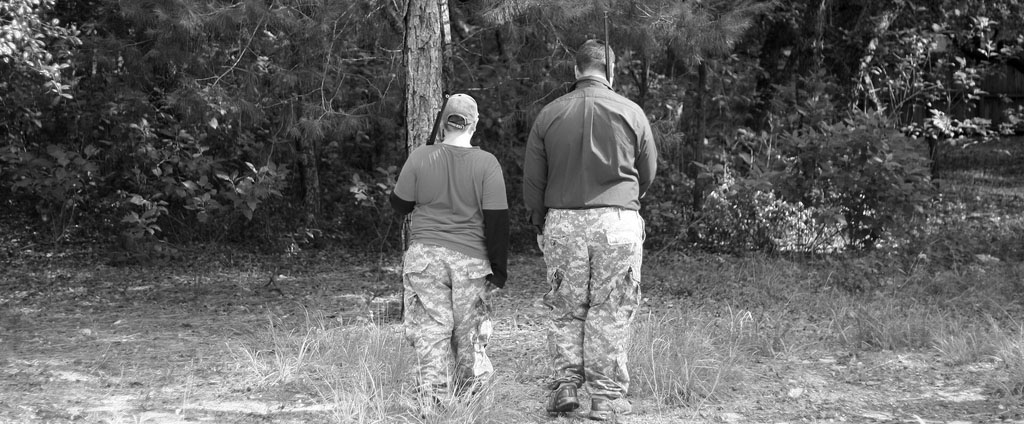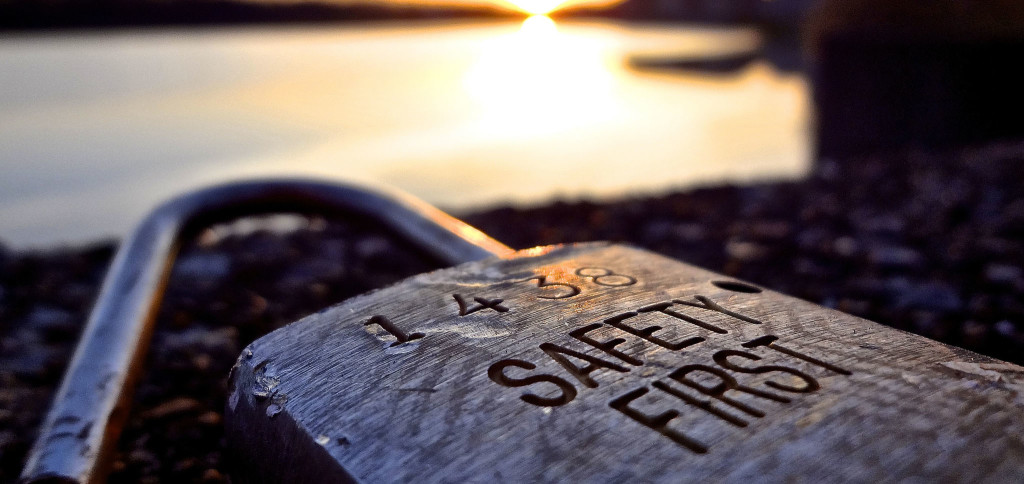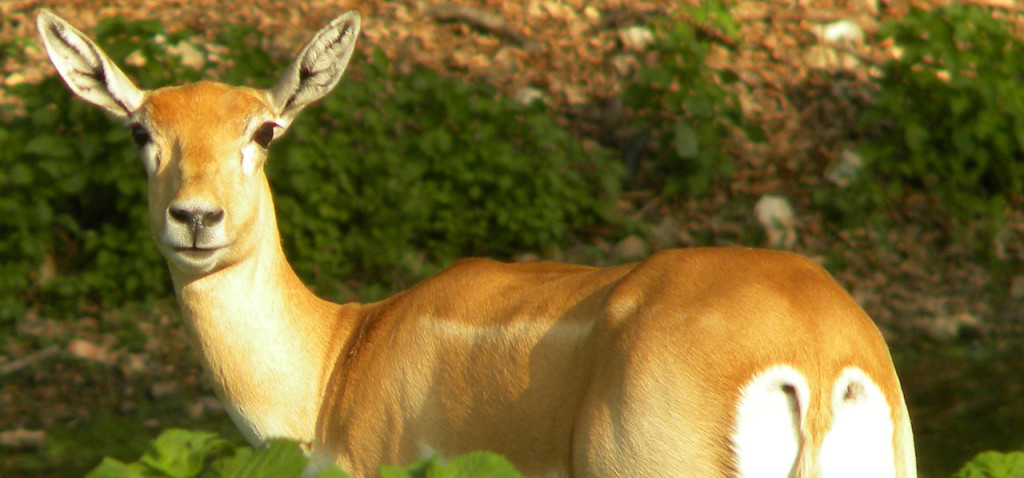Not everyone has room in their home or money in their wallet for a big shoulder mount. Not every deer is worth a shoulder mount, but often the antlers are too nice to throw on the hearth. Maybe it was a memorable experience you want to preserve. Nevertheless, a lot of folks will spend those five hundred bucks or so and wait a good 6-8 months to see their trophy again.
Skull mounting is a great option for the do-it-yourself hunter that is unable to engage in all out taxidermy. In this article I want to cover the best methods for preserving your trophy quick, clean and easy. There are several approaches, and always more than one way to skin a cat. Some of these you would never see yourself doing, others are going to be right up your alley. If I missed a good option, place it in the comments below.
Removing the Skull
This part should be relatively easy. I recommend a reciprocating saw or bone saw and just slicing right behind the bottom of the skull. It shouldn’t look pretty yet. Once the skull is removed take some time to clean up the material left around the base of the skull with a boning knife and a small sharp skinning knife. Remove the bottom jaw as well.
Here is where it gets messy because you will need to spend some time removing the tongue, and skin from the bone. If you want to skip skinning entirely, skip ahead to the Mount Kit section. Where the ear joins the top of the skull close to the antler base is a good starting point. Pull it up and pierce the skin to start your removal process there. Free all skin leaving a messy looking skull with some bits of flesh still here and there. Now you are ready to select one of the processes below.
Using Earth
One of the oldest methods out there is really quite simple. I know many people that use this process and it is very reliable if you take a couple of precautions.
Basically, take the remains of your skull and antlers and bury them one and a half feet in the ground and let the bugs do their thing. Avoid predators and varmints by placing an overturned barrel, bucket, or wheelbarrow over the dig site. Secure that with a rock or concrete block on top. Don’t dig it up for at least six months. Nine months or more is best, especially if you live in an area that gets good ground freeze to shut down bug activity. When you remove it from the ground you will still need to check that all the work is complete. Any bits of material left on the skull will turn rancid quickly. Clean it up with a razor, careful not to pierce bone, and mount it.
Using Air
This is probably the simplest and most crude method. My neighbor uses it every time, but he has enough land that the stench stays away.
He will simply hang it from a tree branch eight feet or more from the ground, and three feet from the nearest trunk. With it suspended over eight feet off the ground, the flies, maggots, weather, and sun do the work completely out of coyote reach. Since it is visible, you’ll know when it is done.
Again, not everyone is going to want their trophy hanging from some tree. If you are pressed for time or money this is a good choice. It will eventually look just like any cleaned up skull you find lying in the woods while scouting. If it gets sun, it will even have a bleached look, whereas a shady area or the ground method will give it an attractive sepia look.
Using Water
I don’t recommend boiling or bleaching the skull in any way. You can and it works, but that’s not what I mean by water. Imagine the giant pot required for an elk skull, I’d rather use it for a dozen crawfish boils. Bleaching will eat away the fibers holding the teeth and other bones together. Boiling is just a nasty mess with fat and goop building up on your pot, and requires close monitoring. My goal is to give you methods that require little to no monitoring, and this one does just that. I got this idea from my buddy that grew up in Florida, so it may not work in December in Wisconsin.
His advice is to secure your skull to a rope and throw it in the nearest pond or swamp and let nature do its thing for a month or two. Honestly, it works but I would advise changing one thing. Wrap your skull in chicken wire, secure the rope to that, and then put it in the pond. This way nothing falls off, comes lose, or runs away with your trophy. With this method you can check the progress anytime you want, just pull it out of the water, but wait at least 3 weeks. I know this sounds archaic, but you are the one that is messing around with dead animal parts to hang on the wall.
Using Beetles
 This is by far the cleanest, easiest, least messy method of cleaning a skull. A small colony of dermestid beetles will polish a skull clean in 8 hours. You only need to roughly skin your skull and can leave all of the organic matter attached including the lower jaw and tongue if you want to take a shortcut. Then place the whole thing into a rubbermaid or other container with the beetles.
This is by far the cleanest, easiest, least messy method of cleaning a skull. A small colony of dermestid beetles will polish a skull clean in 8 hours. You only need to roughly skin your skull and can leave all of the organic matter attached including the lower jaw and tongue if you want to take a shortcut. Then place the whole thing into a rubbermaid or other container with the beetles.
You can find dermestid beetles online or at pet stores. You can also find a taxidermist that might give you a few from his colony, but only if it is growing out of control. Once they are done, remove the skull, brush off the beetles, wipe it down and put it on your mount. All done. Now you’re stuck with beetles though. Find a school science teacher with lizards, or a taxidermist, one of them should happily take them off your hands.
Using a Mount Kit
A skull mounting kit can put your trophy on the wall within an hour of getting your deer home. These kits include a plastic deer skull to put your antlers on. This is my favorite method but since all of the skulls are the same shape and size, a lot of purists won’t like it because it’s not a true representation of deer age or size. Personally, I don’t mind and no one can tell unless I point it out or they get within two feet.
You don’t need to do anything to the head prior to this method. I use a reciprocating saw to remove the antlers carefully. Cut just below the crown with as clean of a bi-section as possible. A clean bi-section will allow the antler to be set more evenly without a bunch of grinding and bone dust getting in your face. Use a dremel to smooth and refine any bulges or burrs.
 These kits come with all the components required to fit the antler to a top plate and two antler base sizes. The top piece then secures to the main part of the skull. This makes it easy to adjust the antlers before tightening them. Be very cautious here. Get a photo or two of your trophy so you can make an exact angle match. You will bore a hole into the center of the antler, and then drive a screw into it, securing them to the plate. The plate can be sanded and honed to change the angle, making it look just like the original set. These kits also come with an angle mounting bracket, which I love since each trophy shows better at certain angles.
These kits come with all the components required to fit the antler to a top plate and two antler base sizes. The top piece then secures to the main part of the skull. This makes it easy to adjust the antlers before tightening them. Be very cautious here. Get a photo or two of your trophy so you can make an exact angle match. You will bore a hole into the center of the antler, and then drive a screw into it, securing them to the plate. The plate can be sanded and honed to change the angle, making it look just like the original set. These kits also come with an angle mounting bracket, which I love since each trophy shows better at certain angles.
Of all the options out there, I think these make the most sense for the biggest percentage of hunters.
Velvet Antlers
My final piece of advice is for velvet antlers, if you are so lucky. Definitely take this to a taxidermist if you are able. Try very hard not to touch the antlers, even coming back with help if needed so you don’t bump them on trees. Properly preserving the velvet is impossible with the above methods, and at the very least, puts such a unique trophy at risk. Skull mounts are typically only around $100 when done by a pro, and it will be worth it to protect that kind of memory. If it was me, I’d blow some change on a full shoulder mount.
There you go. If I missed any good options, add them to the comments below.
Images courtesy of Wikimedia Commons, Midway USA, VanDyke Taxidermy.





Great tip about using beetles to clean the skull of the deer. That sounds like a great way to get the job done easily and quickly. My husband wants to mount a deer skull, so I will send him this article to help him find the option that’s best for him.
Do u have to have the lower jaw